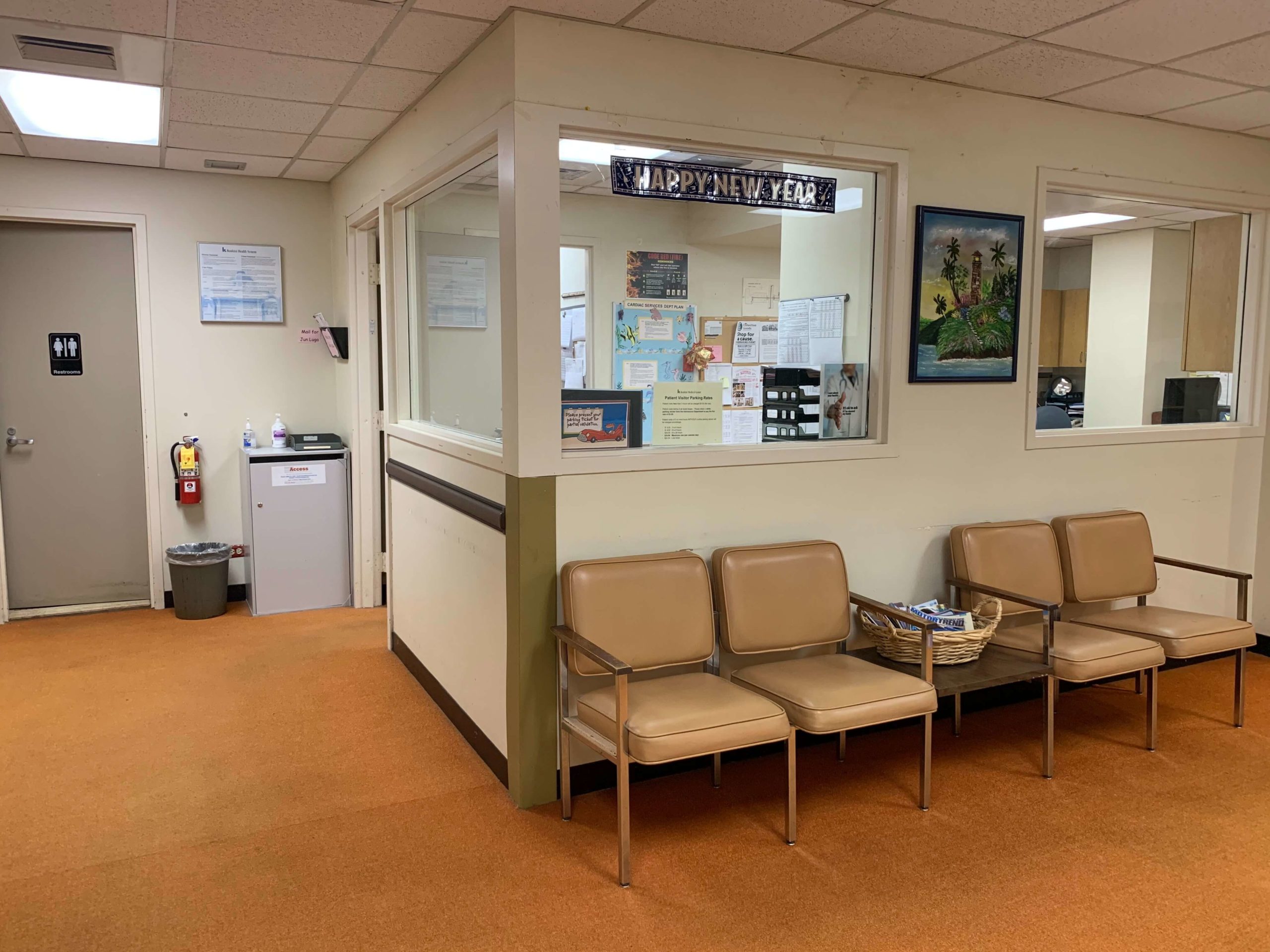With the pandemic pushing healthcare spaces into the spotlight like never before, hospitals worldwide have undergone a total transformation. From processes to equipment, hospital administrators are starting to re-examine how their choices influence their patients’ safety and clinical outcomes.
One of the top priorities is to create spaces that don’t just allow the hospital staff to deliver quality care but also offer relaxing and comfortable places for patients to heal. With a growing body of research linking patient outcomes to the quality of their environment, hospitals are moving towards needs-specific spaces.
This article lists the top trends that will revolutionize healthcare interior design in 2022.
#1. Brighter Colors
Hospitals are best known for their sterile, white interiors that seem drab and unwelcoming. But, this year, color is making a comeback.
Healthcare facilities are opting for color palettes that align with the organization’s and its patients’ needs. Here are some examples:
- Pediatric clinics can use bright and vibrant colors such as turquoise and yellow to create an energetic and friendly vibe and brighten up the mood of the patients and their families.
- Patient rooms with neutral palettes with soft tones work best to calm the mood and prevent strain.
- Employees spaces intended for those taking short breaks can benefit from bright lights and stronger palettes since these help keep staff members fresh and lively.
- Red is a stimulating color, making it an excellent choice for physical and art therapy rooms.
#2. Flexible Multi-Use Spaces
A hospital lobby shouldn’t just only serve as a bus stop for patients and their families. Many hospitals are now aiming to create a sense of home, so people can feel more relaxed while they wait. For instance, hospitals are using artwork, ambient music, and tabletop games to offer positive distractions.
Beyond the lobby, other communal spaces such as lounges are also being redesigned—and versatility is at the core of most projects. Hospitals are starting to offer flexible spaces which patients and their families can use for several purposes.
Multi-use spaces aren’t just space-saving. They’re also cost-efficient since it can be expensive for hospitals to allocate a specific area for only one function.
#3. Nature-Themed Designs
Another trend going strong this year is bringing the outdoors indoors by integrating landscape architecture into interior design. According to some studies, patient rooms with views of nature (and even nature-related art) directly correlates to shorter hospital stays, less medication dispensed, and an overall improvement in the patient’s health.
Here are some examples of additions that hospitals are making to provide patients with the beneficial experience of nature within a clinical environment:
- Outdoor waiting areas to accommodate overflow and give people access to fresh air
- Natural touches within the facility such as indoor gardens and big, open windows to help heal the body and mind
- Earth tones and neutral textures to create a calming atmosphere
#4 Outcome-Based Design
Two significant factors influencing patient outcomes are falls and infections. Therefore, modern hospital interior design focuses on these two factors as top priorities. Hence, while design concepts and ideas must be beautiful, they must also be safe.
Instead of the plastic and laminates we have seen used in the past, the desire to bleach clean surfaces has many healthcare facilities using solid surfaces for arm caps, table tops, and more. We have also seen copper, a natural anti-microbial, infused into mesh and worksurfaces.
For example, many hospitals choose bacteria-resistant flooring and furnishings to ensure that safety doesn’t get engineered out of healthcare design.
#5. Soothing Lighting
Ample lighting is extremely important in hospitals. Too bright and it can hurt the eyes. Too dim, and the space can look dull and grim.
Hospital interior designers are now focusing on achieving the perfect light setup using energy-efficient LED lights. These fixtures often come with adjustable color and brightness settings to reduce eye fatigue and stress.
#6. Innovative Seating Options
Providing patients and their families a place to relax and rest can significantly affect their mood, stress levels, and behavior. As a result, many healthcare facilities have turned to innovative seating.
People come in every shape and size, so why shouldn’t their seating options? By providing options, patients can choose what makes them the most comfortable.
Planning a Redesign for Your Healthcare Facility? Get in Touch With Us Today
Healthcare interiors have long abandoned the sterile and impersonal designs of the past. It’s time for your healthcare facility to create unique and welcoming spaces that can make your staff and your patients feel warm and comfortable. We can help.
Our team at T2B Interiors is ready to provide you with the best interior solutions for your facility. Whether you’re designing from scratch or renovating an existing location, we will help you create inspiring, inclusive spaces that foster smooth operational flow and prioritize patient health and safety.
Contact us today to learn more.

